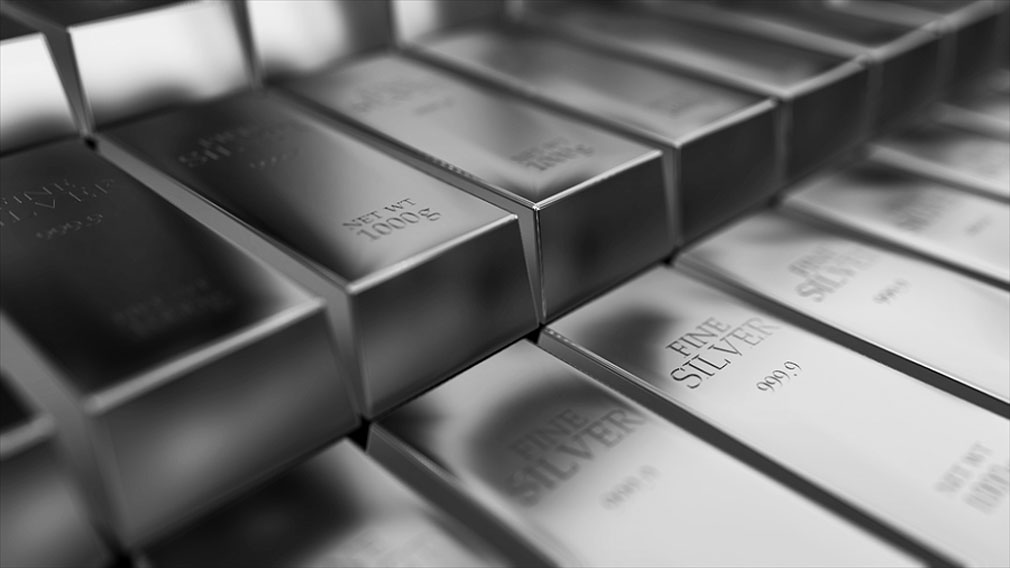 Silver is well-known as a valuable and highly sought-after investment, but most people don’t know what it’s used for beyond that. In reality, most precious metals have some practical value undergirding their investment value. In the case of silver, a host of unique characteristics has elevated it to the position of the world’s second most popular precious metal – just behind gold, of course.
Silver is well-known as a valuable and highly sought-after investment, but most people don’t know what it’s used for beyond that. In reality, most precious metals have some practical value undergirding their investment value. In the case of silver, a host of unique characteristics has elevated it to the position of the world’s second most popular precious metal – just behind gold, of course.
Why is silver so valuable?
Silver is valuable due to its distinctive and useful properties, widespread use, limited supply, historical significance, and inflation-hedge properties. Unlike other metals, silver is impressively corrosion-resistant, highly conductive to both electricity and heat, and incredibly malleable. As a result, silver has diverse and widespread applications. However, silver exists in limited quantities throughout the world and is challenging and expensive to mine. The combination of high demand and relative scarcity increases the metal’s value.
Silver Demand is Outpacing Supply
For decades, there’s been sufficient silver production to meet global usage. However, that trend ended abruptly in 2021 when silver demand outran supply. In 2022 alone, silver purchases jumped 18%. Over 1.242 billion ounces of silver were bought even though the world supply only amounted to just over 1 billion ounces. With gold and silver buying reaching new highs in recent years, this demand-supply imbalance is expected to continue in the future. This scenario could lead to considerable increases in silver prices.
“The demand for gold and silver is coming from quite a few different sources…US retail investors, industrial uses, central banks…” ”– Precious Metals Advisor Todd Graf
What is silver used for?
1. Solar Panels
Silver is one of the principal components in photovoltaic systems owing to the metal’s high conductivity. In some instances, silver can comprise around 6 percent of a solar panel’s overall cost. After being rendered into a paste, silver is applied to individual silicone wafers to free electrons from sunlight before reverting them to batteries. Silver’s role in renewable energy will soar in the future, further increasing its demand and, as a result, its value.
2. Electric Vehicles
Electrical vehicles represent another role for silver in the future of sustainable technology. Altogether, the automotive industry accounts for 55 million ounces of silver demand each year, but this number is expected to nearly double by 2025 as more hybrids and EVs enter the market. Silver is a central feature of EV batteries, allowing for quick and efficient conductivity. It also plays a crucial role in general wiring and circuits.
3. Jewelry
The modern era’s advanced silver applications tend to overshadow what attracted humans to this dynamic metal in the first place: shininess. Silver’s luster, shimmer, and mirror-like appearance make it a preferred material for displaying wealth and highlighting beauty. This is why silver has been a favorite metal for making rings, earrings, necklaces, watches, brooches, and other kinds of jewelry.
4. Water Purification
Perhaps the most surprising and intriguing use for silver involves water purification. Silver exhibits strong antimicrobial properties which effectively mitigate the growth and survival of microorganisms such as bacteria. This characteristic makes the metal a perfect candidate for use in various purification and cleansing processes. It’s commonly used in piping and water treatment facilities to eliminate harmful contents.
5. Medical Applications
Silver’s anti-bacterial quality has also found consistent and varied use in the medical field. It’s routinely used in wound treatments to prevent infection and reduce inflammation. The metal’s lack of toxicity in the human body makes it an ideal candidate for surgical appliances, bone prosthetics, cardiac devices, and other implanted items. Silver’s aversion to oxidation ensures the metal can be used without any dangerous side effects.
6. Coinage
Silver has been a staple material for coinage dating back centuries. Before paper money, silver coins were one of the primary forms of currency due to the metal’s appealing features. The resistance to corrosion and everyday wear and tear ensures governments don’t have to replace coinage as often. Furthermore, this shiny metal’s stability as an asset gives silver coinage inherent value.
Wondering if silver is the right investment option for you? Speaking with one of our precious metals advisors makes it easy to determine the best investment strategy based on your unique goals and budget. You can call us toll-free at 1-888-812-9892 or by using our live chat function.


